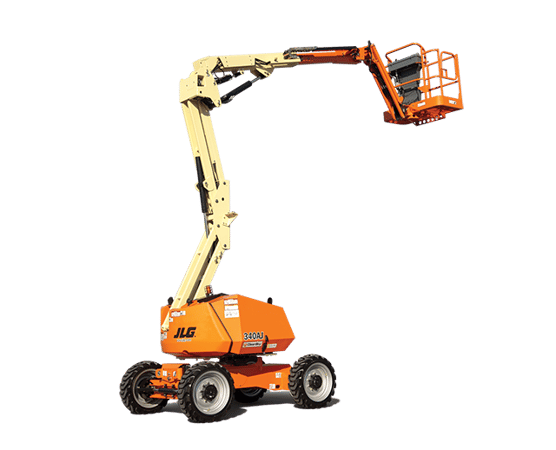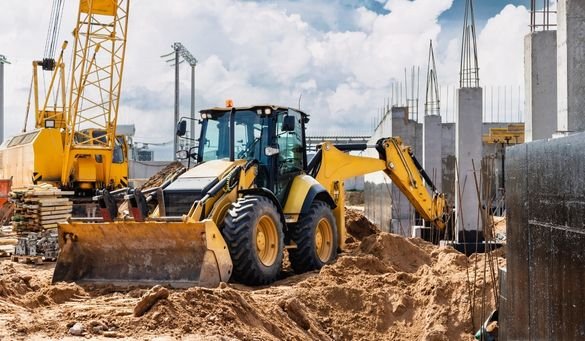Construction Equipment Rentals: Strong Equipment for Your Tasks
Construction Equipment Rentals: Strong Equipment for Your Tasks
Blog Article
Optimize Your Spending Plan by Understanding the Costs Related To Building Equipment Rentals
Comprehending the complete scope of costs connected with construction tools rentals is critical for maximizing your budget. What methods can be utilized to effectively manage these expenses and make sure an extra reliable rental experience?
Introduction of Rental Costs
When taking into consideration construction tools rentals, recognizing the associated prices is paramount for efficient budgeting and task preparation. Rental prices can vary substantially based upon several aspects, consisting of devices type, period of rental, and location. The initial rental charge often shows the tools's market demand and its linked operational abilities, affecting the overall cost.
Along with the base rental rate, secondary prices may develop, such as transport fees, fuel additional charges, and upkeep charges. It is important to make up these added expenses to properly evaluate the total price of leasing equipment. The rental period can affect prices; longer services may qualify for discounted rates, while short-term rentals could incur higher daily charges.

Malfunction of Rental Rates
An extensive understanding of rental prices is necessary for specialists and job managers intending to enhance their budgets. Rental prices for building equipment commonly are composed of a number of elements, including base prices, time-based fees, and usage costs.
Base prices are the core fees connected with the rental of the tools, typically identified by the kind and size of the machinery. These prices can vary considerably, affected by aspects such as equipment need, schedule, and regional market fads. Time-based fees, which might be daily, weekly, or monthly, serve to fit different job timelines and rental periods.
In addition, rental rates may consist of usage costs, which are suitable when devices is utilized beyond a defined threshold, making certain that the rental business can make up wear and tear. Seasonal need changes can also impact rental prices, with peak building periods normally commanding greater prices.
Additionally, understanding the rental business's plans regarding upkeep and insurance can supply more insight into the total cost framework. By analyzing these elements, service providers can make informed decisions, ensuring the choice of rental tools aligns with both project demands and budget plan constraints.
Added Costs to Think About
Understanding the details of added charges is essential for contractors to handle their general rental expenses efficiently. Beyond the basic rental prices, various auxiliary fees can significantly influence the total expense of tools rental. These costs frequently include delivery and pickup from this source costs, which can differ based on distance and logistics associated with carrying the devices to and from the job website.
In addition, some rental firms might enforce gas surcharges if the equipment is returned with much less gas than when leased. It is likewise crucial to understand potential cleansing costs, especially for specific tools that needs comprehensive upkeep after usage.

Extensively assessing the rental arrangement and clarifying these added charges ahead of time can assist specialists avoid unanticipated costs and make sure that budget plans remain undamaged throughout the task lifecycle.
Repair And Maintenance Costs
Normal repair and maintenance expenditures are usually neglected aspects that can considerably influence the general price of building and construction equipment leasings. When renting tools, it is vital to consider not only the rental costs however also the potential prices related to keeping the machinery in ideal operating condition.
Lots of rental business consist of standard upkeep as component of the rental agreement; nevertheless, a lot more unexpected malfunctions or considerable fixings can lead to additional expenses. It's necessary to examine the rental agreement meticulously to understand what maintenance solutions are covered and what responsibilities fall on the renter.
Additionally, devices that is not well-kept can cause ineffectiveness at work website, possibly boosting and triggering delays job prices. To minimize these threats, it is suggested to perform normal examinations and keep open interaction with the rental service provider concerning any concerns that emerge throughout use.
Insurance Coverage and Obligation Costs
Insurance and responsibility expenses are important components that can significantly affect the overall expenditure of building and construction devices services (aerial lift rental). These prices make sure that both the rental company and the customer are safeguarded from potential economic losses arising from crashes, damage, or burglary during the rental duration

In addition, clients must recognize any kind of deductibles or exclusions in the insurance coverage, as these can affect prospective out-of-pocket expenditures. Understanding the terms and conditions of any kind of insurance coverage is essential to avoid unforeseen prices. Eventually, budgeting for insurance and obligation expenditures can help make sure a smoother rental experience and shield against economic dangers linked with building and construction projects.
Final Thought
In final thought, a thorough understanding of the prices linked with building devices rentals is essential for effective budget monitoring. Eventually, notified decision-making regarding tools leasings contributes to the total success of building and construction ventures.
Rental costs can differ substantially based heavy lifting equipment hire on a number of factors, consisting of devices kind, period of rental, and area (forklift rental). The rental period can impact rates; longer leasings might certify for discounted prices, while temporary rentals may incur greater day-to-day fees
By conducting detailed research study and involving with reputable rental business, contractors can successfully browse the complexities of rental rates, eventually optimizing their financial sources.
Past the conventional rental prices, various auxiliary fees can dramatically impact the overall price of tools rental. Rental business frequently provide liability insurance policy that covers injuries to 3rd parties or damage to property, while devices damages insurance policy can cover the cost of repair work or replacement if the leased devices is harmed.
Report this page